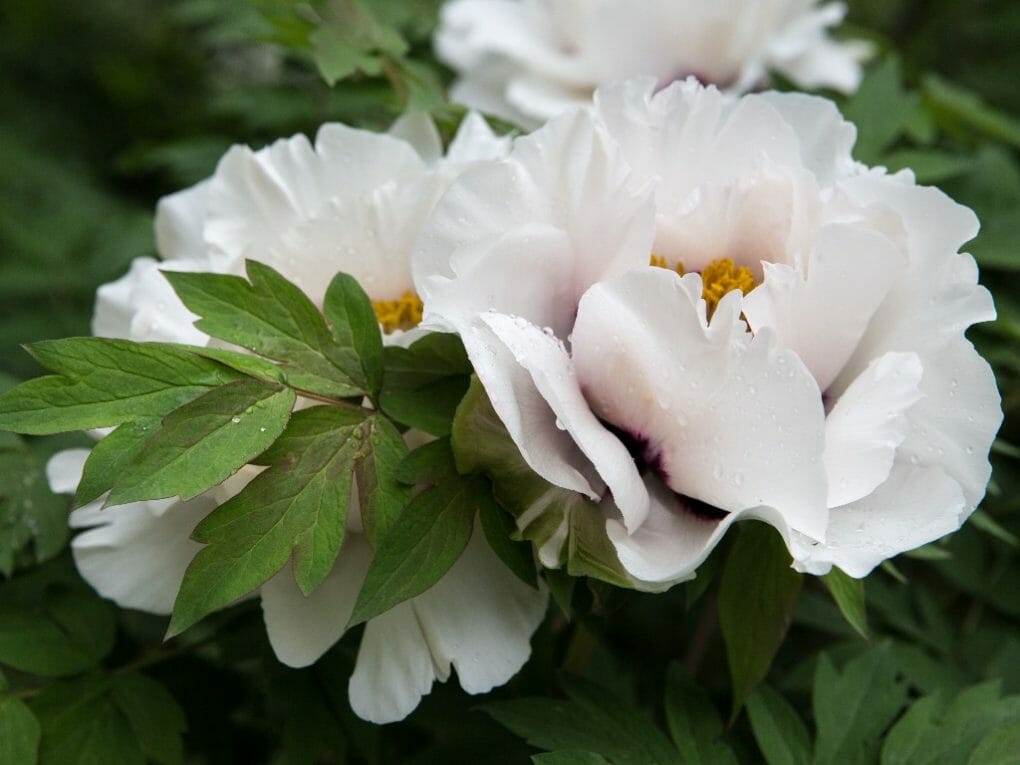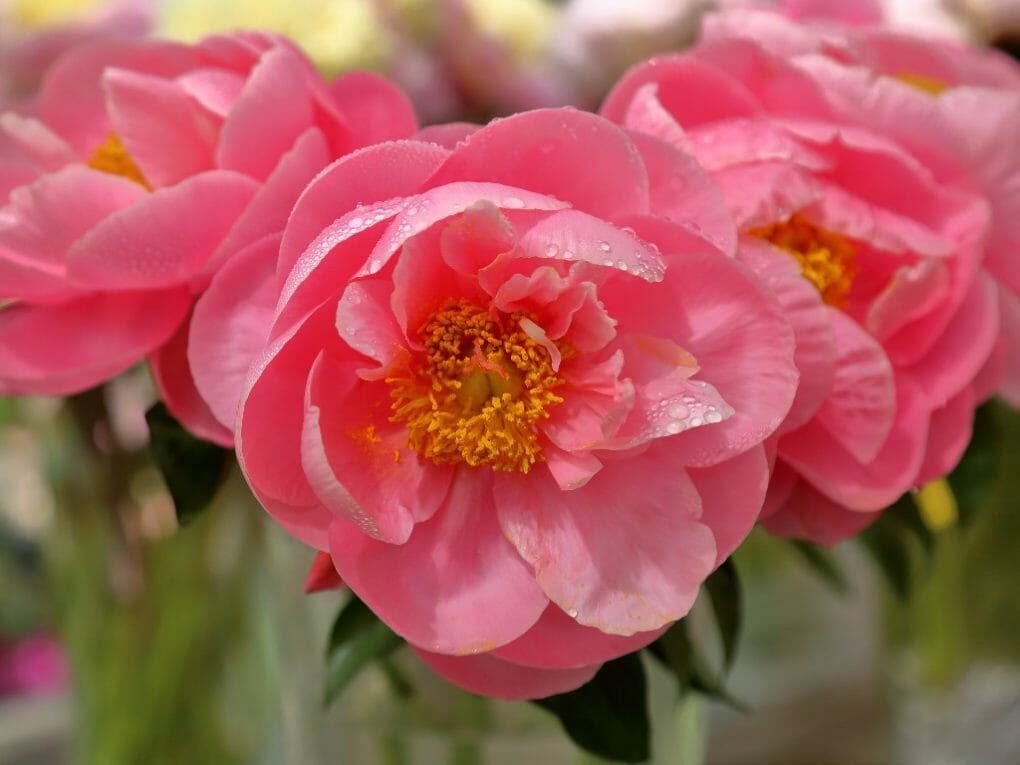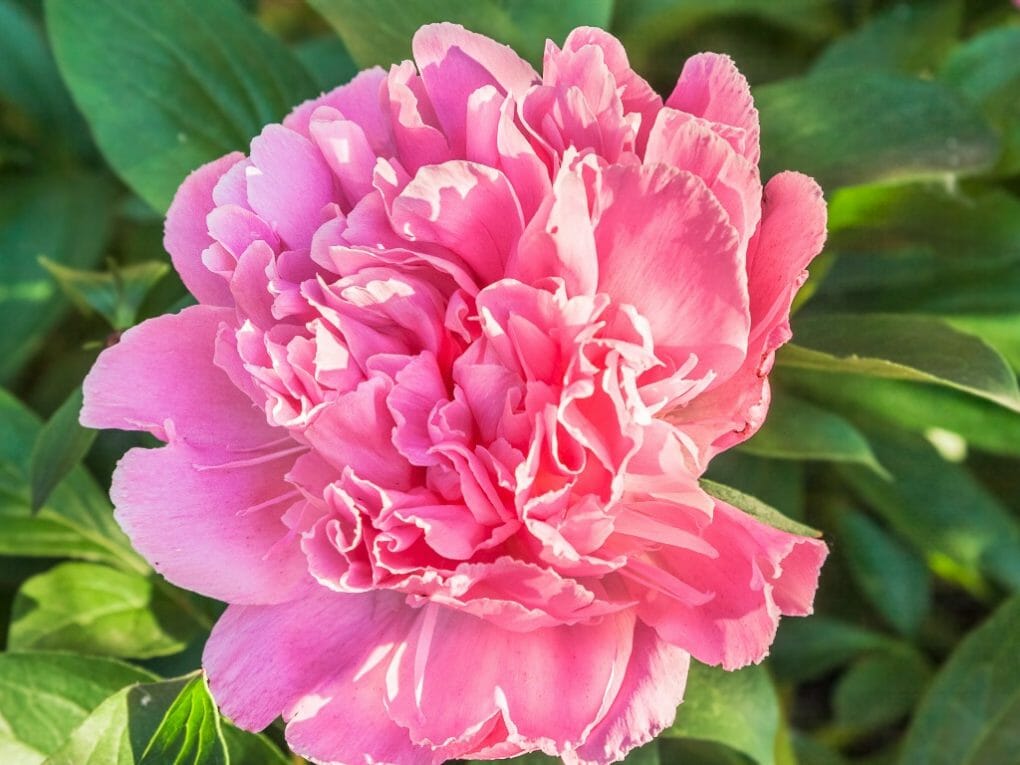How to Make Peonies Bloom? Make Your Peonies Bloom on Plant and Longer Lasting On Vase

Peonies are among the world’s most beautiful flowers. Their beautiful blue blossoms attract attention both indoors and out, and their long-lasting petals make them an excellent choice for bouquets. There are many ways to make peonies bloom, but one of the simplest is by watering them regularly. Make sure to water thoroughly so that they receive enough moisture while still staying within their individual irrigation zones. But wait, this is just basic peonies that need specific care in order to make them thrive. In this article, we’ll teach you how to make your peonies bloom, and how to make them last longer on your vase. We’ll also discuss some tips on how to water your peonies properly so that they don’t get droopy or wilted. Ready to see results? Let’s get started!
Table of Contents
How to Make Peonies Bloom on a Plant
Plant Your Peonies Where They Will Get 4–6 Hours of Direct Sunlight
For peonies to bloom, they need a lot of light. Make sure to plant your peonies in a sunny part of the garden where they will get at least 4–6 hours of direct sunlight each day. If you live somewhere hot, like the south of the United States, give your peonies some shade in the late afternoon.
Plant Peonies a Little Too Deep
Make sure you don’t plant your peonies deeper than 1–2 inches (2.5–5.1 cm). Peonies have to be planted at a certain depth. If you plant them too deeply, you might get a plant with beautiful leaves but no flowers. Make sure you don’t plant your peonies more than 2 inches (5.1 cm) deep.
It is helpful to use a hand trowel that shows how deep the hole is. If you planted your peony too deeply and it won’t bloom, you may need to move it. When you dig up the plant, be careful not to hurt the root ball. After you move your peony, it might not start to bloom for a year or two.
Don’t Overfertilize
Try to give only a little fertilizer to the peonies. Most plants do better in nutrient-rich soil, but if you give your peonies too much fertilizer, they might use all their energy to grow leaves instead of flowers. This is especially true of fertilizers with a lot of nitrogen. If your soil is poor, wait until early summer, after the peonies have bloomed, to add fertilizer. Peonies do well when fertilized with bone meal, compost, or manure. You should only feed your peonies once every few years, and only if they look like they need it (e.g., yellowish or spindly).
Be Careful When You Take the Plant’s Leaves Off
If you cut off the leaves of peony plants before it gets cold, they are more likely to live through the winter. But if you do it too early (like in July or August), your peonies might bloom poorly the following year. Wait to cut your peonies back until early autumn.
Cut Off the Heads of Any Flowers That Are Dying To Make More Blooms
As your peony flowers start to die, use a sharp pair of shears to cut off the dead ones. Cut the stem down to the next vital leaf so the bare stem doesn’t stick out of the bush. Not only will deadheading make your plant look better, but it will also tell the peony to use its energy to make more flowers instead of seeds. To cut live flowers from the plant, cut off only a few leaves and buds. Leave at least two sets of leaves on the branch to keep it from dying.
Treat and Stop Any Diseases or Pests

Your peonies can be hurt by bugs, fungi, and other diseases, making the plants grow slowly and killing the flowers. Insecticides and anti-fungal treatments are useful, but preventing these pests from ever reaching your peonies is the most effective method of plant protection.
Plant your peonies in well-drained soil and disinfect your gardening tools after each use to prevent fungal infections. Keep your garden clean and free of weeds to keep away pests. You can also try putting helpful bugs like ladybugs and praying mantises in your garden to eliminate the pests.
Give Your Peonies a Few Years After You Plant Them To Bloom
Giving peonies enough time is part of getting them to bloom. A peony plant takes 4 to 5 years to grow to full size after growing from seed. Depending on how young your plants are, you may have to wait a few seasons before seeing results. If you just moved or split a peony plant, it will take a while to get back on its feet and bloom again. This can take up to two or three years.
Planting Different Kinds of Peonies Will Make the Blooming Season Last Longer
Most peonies only bloom briefly, usually for about a week. But different types of peonies bloom at different times during the spring and summer. This means that if you select plants that bloom at different times, you can keep your garden alive and full of color for longer. Check the labels of the peony plants you want to buy to find out when they usually bloom. Try to get a mix of plants that bloom early, in the middle of the season, and late. Fernleaf, dwarf, and Claire de Lune peonies are all examples of peonies that bloom early. Itoh peonies and some types of Chinese peonies, like the Clown peony and the Bride’s Dream peony, bloom in the middle of the season. Most Chinese peonies bloom late, like the Dinner Plate and Nippon Beauty varieties.
Tips and Tricks for Making Cut Peonies Open More Quickly
Cut Peony Buds When They Are Still Closed and Tender
Peonies, when cut and appropriately preserved, have a surprisingly long vase life, allowing you to make beautiful bouquets well after their blooming season has ended. Get the most vase life out of your cut peonies by picking them when the buds are spherical, lightly colored, and as pliable as a marshmallow. It’s okay to pick open flowers, but you should use them quickly. Peonies can last up to ten days in a vase if you cut them while they’re still buds.
Trim Additional Vegetation
Remove the leaves from the peony stem after you’ve cut it. With your help, flowers will retain more moisture.
As with all plants, the greater the number of leaves, the greater the energy expended on their maintenance, which diverts some energy away from the buds. Therefore, removing any extra foliage from your stems is advisable. Thus, once they have been placed in their vase and provided with water and food, they will devote all their energy to the petals. Also, if you put the buds in water before you remove the leaves, the stems won’t get moldy. Put them in a vase with plenty of room between the water and the lowest leaves, if any are still attached. Taking off the leaves can be done by hand or with sharp shears.
Provide Some Warmth and Food
As with many cut flowers, a small amount of tepid water and flower food can do wonders for your blooms. When they arrive, please place them in slightly warm (but not hot) water and add the flower food sachet that came with your delivery. Your peonies will appear much more vibrant and open in a few hours.
Cut Their Stems Diagonally
This is yet another method for opening stubbornly closed flowers. As soon as flowers are delivered, the stems should be cut at a 45-degree angle to maximize water uptake. Due to the absence of roots, this is the best method for preventing the severed ends of the plants from sealing and preventing absorption.Re-cutting the stems every two to three days will also help to extend the vase’s life. If you want your stems to absorb water easily from the vase, you should cut them under running water to remove any air bubbles.
Give Their Head a Gentle Tap
The tops of your peonies should be lightly tapped against a hard surface to speed up their growth, as this is one of the tips experienced florists sometimes provide. A light tap should suffice to stimulate the petals.
Keep Them in a Warm Location
Peony flowers are plants, so they are naturally adapted to respond to light. This can be used to your advantage by placing them in a bright, warm room for a short period to encourage them to bloom more quickly. If you want your peonies to open up, you should put them in a bucket of water and keep them in a warm room. After trimming the stems, peonies can be arranged in a vase or a bucket of warm or room-temperature water. The buds should open within 12 to 24 hours, depending on how tightly they are closed. Place the vase or bucket in a warm room if you need the buds to open sooner. Peonies, for instance, may bloom in as little as two to three hours if placed in a room with a temperature of 80°F (27°C) or higher.
Give Them a Speedy Dunking
As with people, a splash of water on the peony blooms’ heads is an excellent way to awaken them. By submerging the flowers for 10 to 15 seconds in tepid water every one to two hours, you can give the peonies the boost they need to bloom fully.
Swish Them Briefly in Water

If you cannot wait another minute for the peony petals to open and you needed them to be open yesterday, there is one last trick. Like the previous method, you can submerge them in water and twist and swish them underwater until air bubbles appear and the flowers open.
Plastic Wrap Cut Peonies To Seal in Moisture
You can also try covering the bouquet with a plastic bag for a short time. This allows naturally-emitted ethylene gas to stimulate the blooms’ opening. After the stems have been removed, the flowers that have been cut should be carefully wrapped in plastic wrap. Be sure to wrap the entire plant, beginning at the cut end of the stem and continuing up to the bud at the top. The peonies that have been cut will stay dry if you do this. Be sure that both ends of the wrap are tightly sealed. You can use a plastic bag with a dry paper towel as an alternative to plastic wrap to keep the cut flowers fresh. You could also keep them in water in a clean vase if you have enough vertical space in your refrigerator to accommodate the vase. Perform daily inspections of the flowers, and dispose of any that develop mold.
Place the Buds in a Horizontal Position Inside the Refrigerator for Up to Three Months
When wrapping the peonies, place them on a shelf inside your refrigerator. If you store them horizontally, the stem and bud will retain more moisture, and you’ll be able to use the available space better.
Peonies that have been cut should be kept in the refrigerator with apples or any other fruit. Fruits give off ethylene gas, which will kill your plant’s flower buds.
